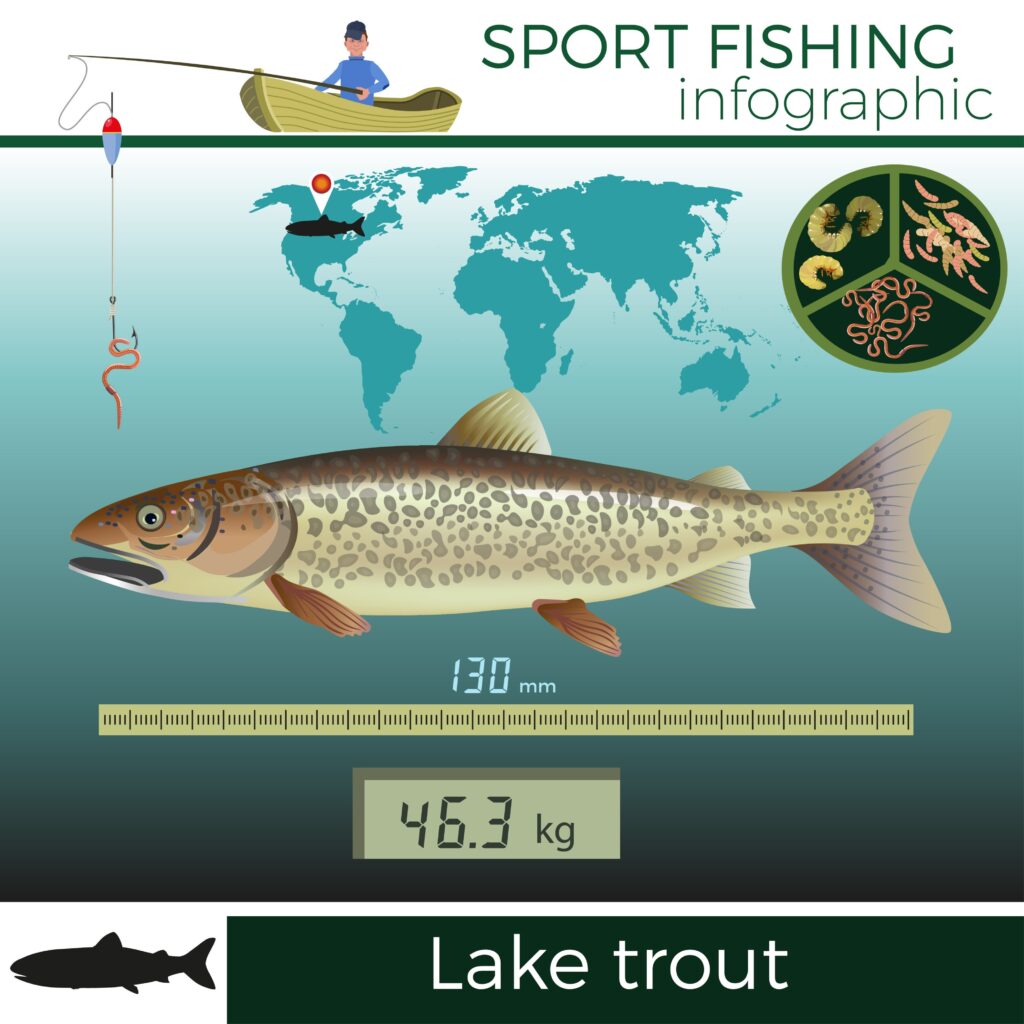
PRELIMS
Waqf (Amendment) Act, 2025
Why in News: In Sept 2025, the Supreme Court stayed prima facie arbitrary provisions of the Waqf (Amendment) Act, 2025, including Section 3C and the 5-year practice clause, while upholding the Act’s validity.

About Waqf
- Permanent dedication of property by a Muslim for religious, pious, or charitable purposes.
- Governed by Waqf Act, 1995 – provides for Waqf Boards, Central Waqf Council, and Waqf Tribunals.
Waqf (Amendment) Act, 2025 – SC Verdict (Sept 2025)
- 5-year practice clause → Stayed; prima facie arbitrary.
- Section 3C (waqf loses status if doubted as govt property) → Struck down; totally unconstitutional.
- Mandatory registration of waqfs → Upheld; unregistered waqfs cannot continue (requirement since 1923).
- Ownership/title disputes → To be decided by Waqf Tribunal/High Court, not executive officers.
- Mutawallis (managers) → Cannot create third-party rights in disputed waqf property until final adjudication.
- Protected monument status → Waqf property does not lose status if declared a protected monument.
- Tribal donations → SC flagged concerns on restrictions for tribal Muslims donating land as waqf.
Board composition:
- Central Waqf Council → Non-Muslim members capped at 3/22.
- State Waqf Boards → CEOs to be from Muslim community as far as possible.
Significance
- Reinforces protection of minority rights while balancing public property safeguards.
- Affirms judicial oversight in property disputes.
- Maintains continuity of Waqf registration requirement since 1923.
Brown Trout Reintroduction in Kashmir

Why in News: Kashmir Fisheries Dept. to reintroduce brown trout in cold streams (Oct–Nov 2025) → boost angling tourism & biodiversity.
History
- First introduced: 1900 by Frank J. Mitchel.
- Thrived in Lidder & Panzagam streams; later declined due to overfishing, mining, habitat loss.
Current Efforts
- 3 lakh eggs imported from Denmark, hatched at Tchansar Hatchery, Kulgam.
- Release in Veshav river & Kounsarnag lake during breeding season.
- Special diet (crustaceans + cod liver oil); hatchery under low light to mimic wild feeding.

Static Info
- Brown trout (Salmo trutta): Native Europe, cold oxygen-rich waters, game fish.
- Rainbow trout (Oncorhynchus mykiss): Native N. America, thrives on artificial feed, farmed in India.
- Mahseer (Tor spp.): Indigenous “Tiger of Freshwater,” found in Himalayan & Peninsular rivers.
- Fisheries schemes: PMMSY, Blue Revolution.
- States with cold-water fisheries: J&K, Himachal, Uttarakhand.
Impact
- Revives angling tourism, local economy, aquatic biodiversity.
Grey Rhino Event
Why in News: A recent study termed the Wayanad landslides a Grey Rhino event.
What is a Grey Rhino Event?
- Definition: Highly probable, high-impact disruptions that are known and visible, yet often neglected.
- Contrast: Unlike Black Swan events (rare, unpredictable), Grey Rhinos come with clear warnings & evidence.
- Examples: Climate change disasters, debt crises, pandemics (with warnings), landslides in fragile zones.

Why are Wayanad Landslides a Grey Rhino?
- Region already mapped as landslide-prone.
- History of repeated past landslides.
- Government ignored warnings, weak regulation, unplanned land use.
- Hence, event was foreseeable but unaddressed.
Static Info
- Black Swan vs Grey Rhino: Black Swan = rare, unpredictable; Grey Rhino = probable, visible, ignored.
- India’s vulnerable zones: Himalayas, Western Ghats, NE India.
- NDMA Guidelines: Landslide Hazard Zonation, slope management, afforestation, restricting construction in fragile zones.
Invasive Asian Fruit Flies
Why in News: Greece launched an EU-funded project REACT to counter invasive Asian fruit flies using an improved Sterile Insect Technique (SIT).
Project Highlights
- Duration: 4 years; Budget: €6.65 million.
- Partners: 12 countries (UK, Israel, South Africa, etc.).
- Sterile male Mediterranean fruit flies (Ceratitis capitata) released in Naousa orchards.
- Fed bacterial supplement → more active, resilient, competitive.
- Purpose: Mate with wild females → no offspring → gradual decline in population.
- Eco-friendly, pesticide-free, compatible with organic farming.

Threats from Asia
- Oriental fruit fly (Bactrocera dorsalis) and Peach fruit fly (Bactrocera zonata) = among world’s most destructive pests.
- Native to SE Asia → now spreading into Europe (Naples, France, Belgium, Crete, Valencia).
- Climate change → warmer winters allow survival & new population establishment.
Impact
- Protects Greece’s peach exports & other crops.
- First European field trial of enhanced sterile insect release on targeted scale.
- Potential model for sustainable pest control worldwide.
Static Info
- Sterile Insect Technique (SIT): Biological control method → sterilized males released → reduce pest populations.
- Used globally against tsetse flies, screwworm, mosquitoes.
- Advantage: Non-toxic, no pesticide residue, safe for ecosystems.
Red Fort
Why in News: Study finds air pollution causing sandstone flaking & black crusts on Red Fort, leading to loss of carvings and discoloration.
Key Findings
- Damage: flaking, salt efflorescence, blackening of surfaces.
- Pollutants: PM2.5, PM10, NO2 exceed limits; SO2 accelerates stone/metal decay.
- Sources: traffic, fossil fuel burning, cement factories.

Static Information
Red Fort (Lal Qila)
- Constructed: 1638–1648 by Mughal Emperor Shah Jahan.
- Architectural style: Mughal architecture using red sandstone and marble.
- Located: Delhi on the banks of river Yamuna.
- Declared UNESCO World Heritage Site in 2007.
- Symbolic significance: Prime Minister hoists the National Flag on Independence Day here every year.
- Historical: Seat of Mughal power until 1857 Revolt; later used as a military camp by the British.
Implications
- Cultural loss: erosion of intricate carvings, fading of original architectural beauty.
- Conservation challenge: pollution accelerating decay beyond natural ageing.
- Tourism & heritage value at risk.
Polypropylene
Why in News: PM laid the foundation stone for a Polypropylene Plant at Numaligarh Refinery Limited (NRL), Assam.

About Polypropylene
- Type: Synthetic resin made by polymerization of propylene.
Properties:
- Tough, flexible, lightweight.
- Heat resistant.
- Chemically corrosion resistant → ideal for packaging.
- High insulation & waterproof.
Uses
- Fibres & Textiles.
- Packaging materials.
- Pipes and construction.
- Medical components.
- Electrical applications.

